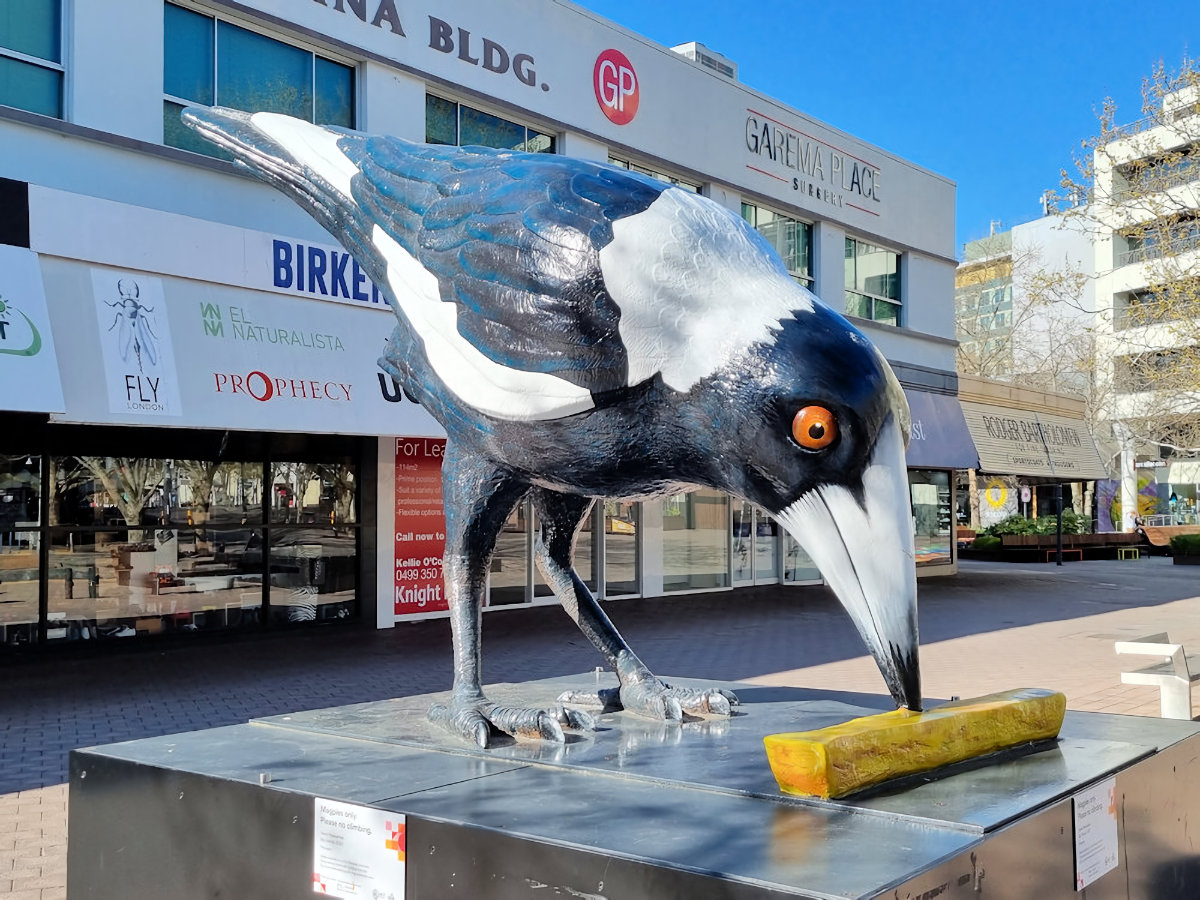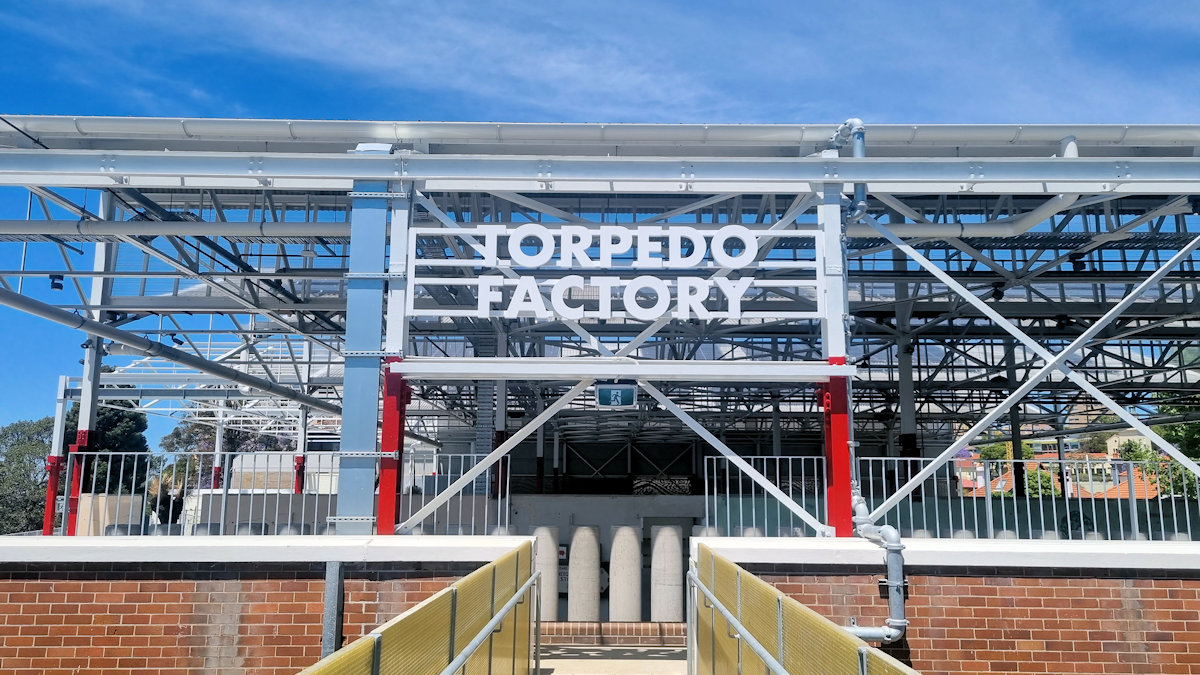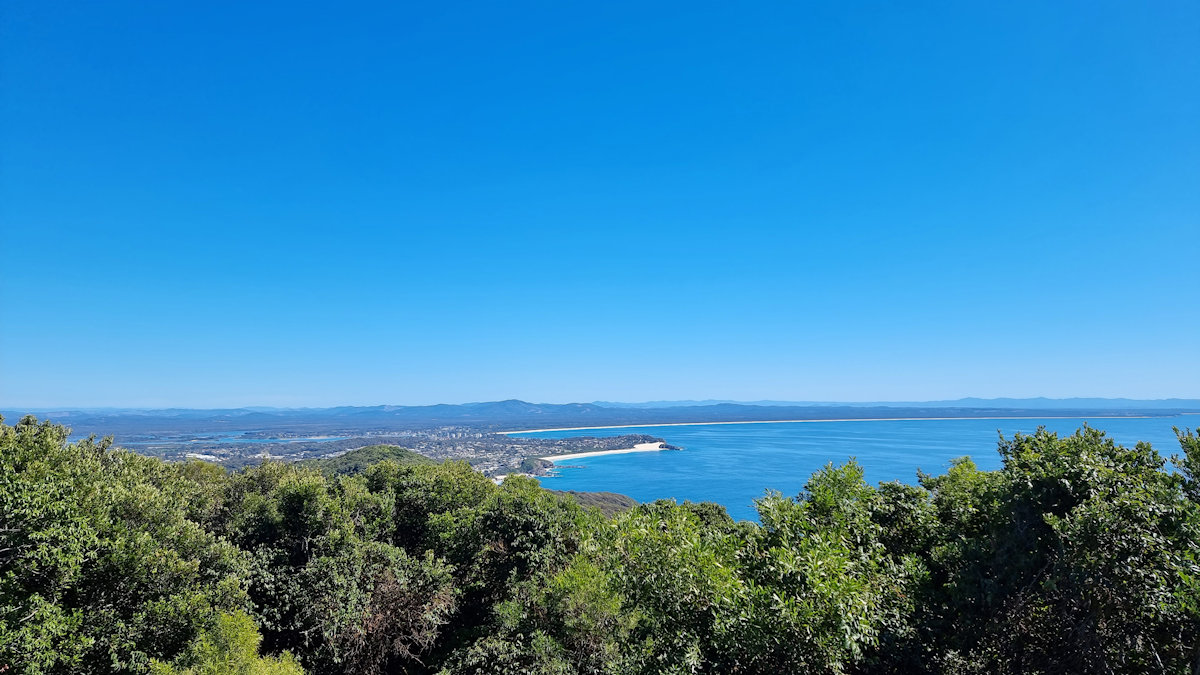Category: Memorial
-
Canberra Public Art and Sculptures

Canberra Public Art and Sculptures Walking through the centre of Canberra we constantly came across statues and other art work. They added some interest to our walks from one place to another and brightened the city up. We didn’t go out of our way to find them so were happy when we stumbled on them.… Read more
-
Sub Base Platypus Torpedo Factory

Sub Base Platypus Torpedo Factory Opened in September 2023, the Torpedo Factory at Sub Base Platypus is an excellent addition to this heritage site. Managed by the Harbour Trust, the old factory was partially demolished and revitalised as an open public space. Getting There We used public transport, getting the train to Milsons Point Station… Read more
-
Cape Hawke Lookout Track

Cape Hawke Lookout Track NSW Australia Named after First Lord of the Admiralty, Edward Hawke by Captain Cook (a Lieutenant at the time), the Cape Hawke Lookout Track is on the northern end of the Booti Booti National Park. With only a 10-minute drive to travel the 11km from the centre of Forster, it was easy… Read more